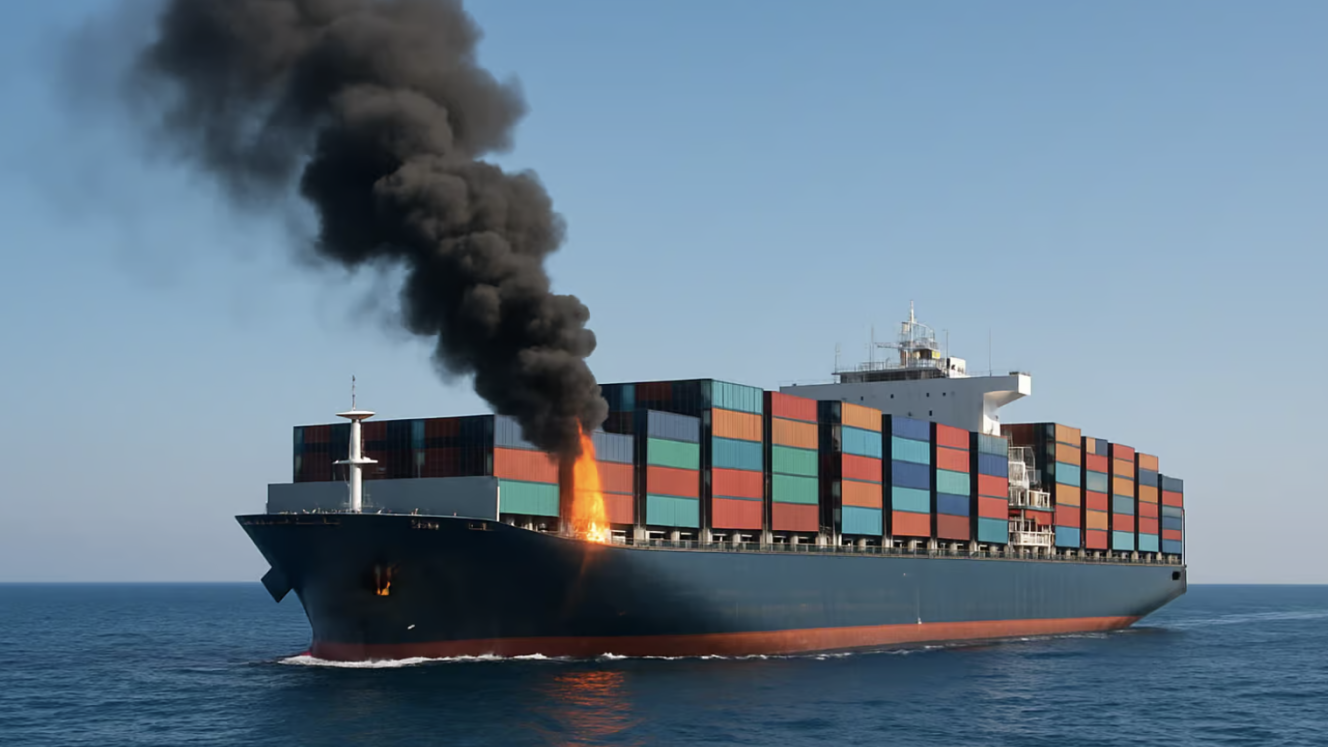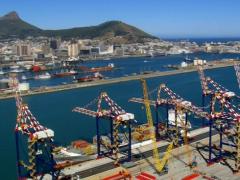Eight seafarers have been killed in vessel fires since June, reinforcing long-standing concerns within the maritime sector about the growing scale and complexity of onboard fire risks.
The most recent fatality was a delivery ship captain at the Port of Yeosu in South Korea last weekend.
Container shipping has accounted for the majority of casualties, with seven crew members lost in recent months following fires aboard the Marie Maersk, Maersk Frankfurt, MSC Capetown III and Wan Hai 503.
Fatal incidents on tankers and car carriers have also been reported this year, with lithium battery failures in electric vehicles emerging as a recurrent factor in car carrier fires – a hazard increasingly relevant to ocean freight as shipment volumes of electric vehicle units rise.
While the 2025 toll is already unsettling, the figures remain within historical ranges.
Lloyd’s List Intelligence records 126 container fire incidents since 2005, resulting in 15 fatalities and 67 injuries.
German insurer Allianz’s Safety & Shipping Review 2025 meanwhile highlights a 20% increase in overall ship fire incidents during 2024, with approximately 250 cases – the highest level in a decade.
The trend underscores a structural escalation in fire risk exposure, rather than an isolated spike.
Industry observers emphasise that, although current casualty numbers fall far short of historic tragedies – such as the Doña Paz ferry disaster in 1987 with an estimated 4 000 deaths, or the Sultana explosion in 1865 claiming over 1 500 lives – the profile of modern cargoes presents a different and, in many ways, more insidious challenge.
Larger vessels, higher container stack density and the proliferation of hazardous goods, particularly lithium-ion batteries, have significantly increased the potential for catastrophic loss.
Attention is now turning to whether existing fire safety regimes are adequate. Classification societies, insurers and regulators are actively reassessing standards on detection, suppression and stowage.
Calls are also growing for stricter enforcement of cargo declaration requirements, alongside improved crew training and emergency response protocols.
For shipowners, operators and underwriters the succession of 2025 casualties serves as a reminder that fire remains among the most persistent and costly risks at sea – and one that is likely to intensify as global trade patterns evolve.













